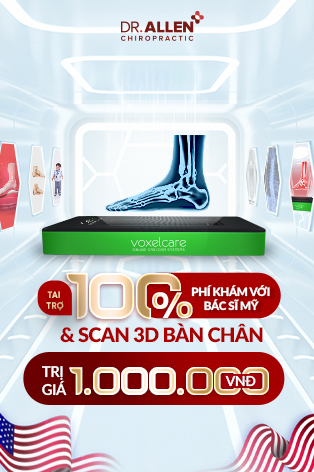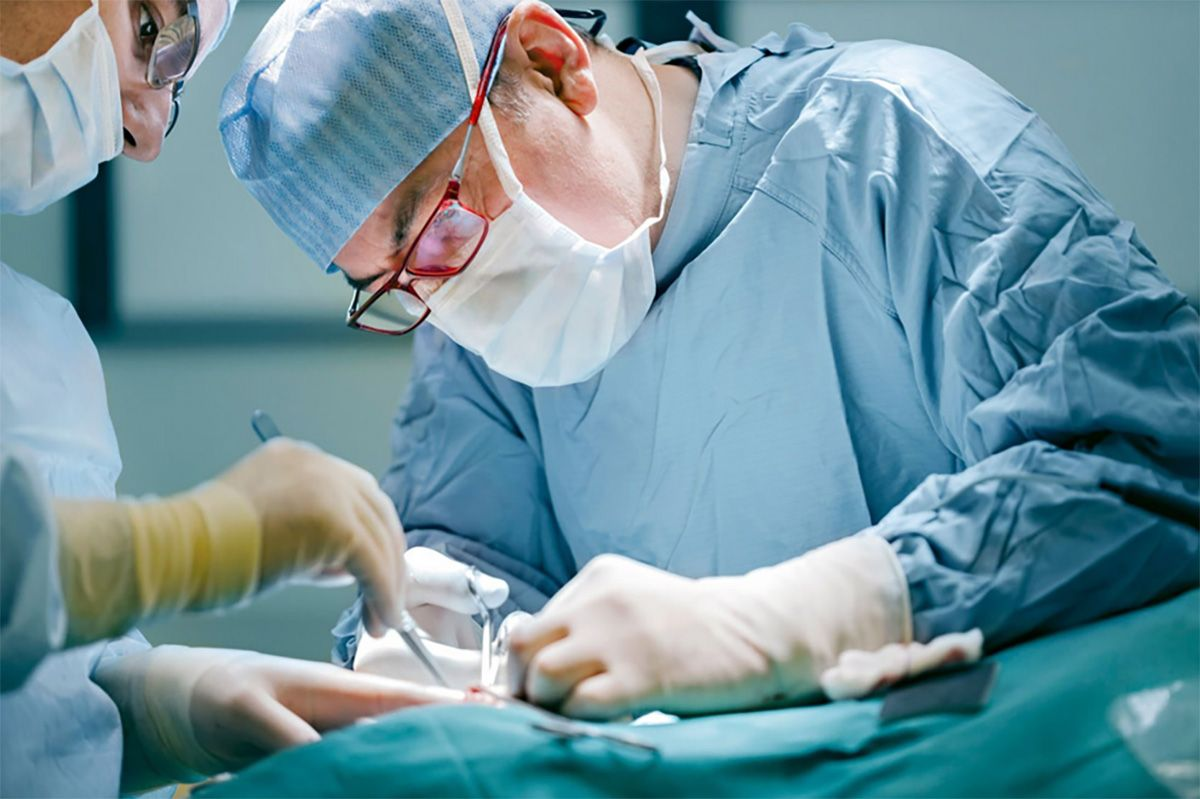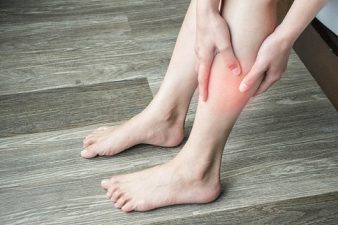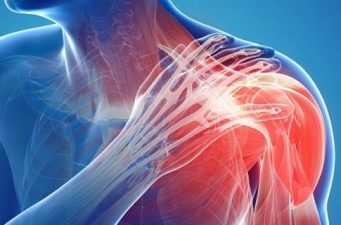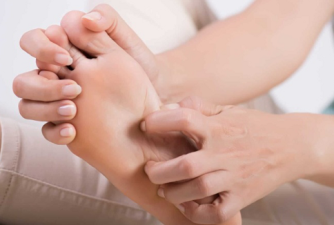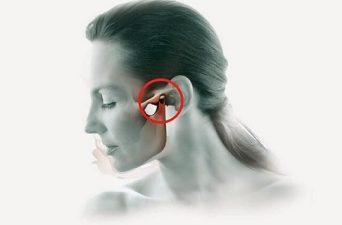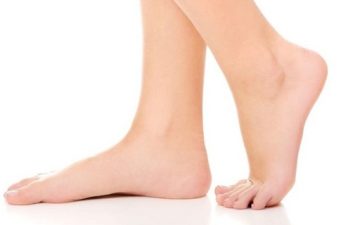A herniated disc in the lower back, also known as a lumbar herniated disc, occurs when the soft inner core of a spinal disc in the lumbar region protrudes through its outer fibrous layer. This condition can lead to pain, inflammation, and nerve compression, affecting daily activities and overall quality of life. In this article, we will discuss herniated discs in the lower back, their causes, symptoms, diagnosis, and various treatment options, including surgery, physical therapy, and home remedies.
Herniated Disc in Lower Back
A lower back herniated disc involves the lumbar spine, which consists of the five lower vertebrae (L1-L5) that support the upper body and facilitate movement. When the inner core of a lumbar disc protrudes through its outer layer, it can compress nearby nerves, causing pain and neurological symptoms in the lower back, buttocks, and legs.
Symptoms of a Herniated Disc in the Lower Back
Symptoms of a lumbar herniated disc can include:
- Lower back pain
- Sciatica (pain, numbness, or tingling in the buttocks and legs)
- Muscle weakness in the legs and feet
- Loss of sensation or reflexes in the lower extremities
Stretches for Herniated Disc in Lower Back
Gentle stretches can help alleviate pain and improve flexibility for individuals with lower back herniated discs. Some stretches to consider include:
- Knee-to-chest stretch: Lie on your back and gently pull one knee towards your chest, holding the stretch for 15-30 seconds. Repeat with the other knee.
- Seated forward bend: Sit on the floor with your legs extended in front of you. Slowly lean forward, reaching for your toes, and hold for 15-30 seconds.
- Child’s pose: Kneel on the floor with your toes touching and your knees hip-width apart. Sit back on your heels and reach your arms forward, resting your forehead on the floor.
Treatment for a Herniated Disc in the Lower Back
Initial treatment for a lower back herniated disc typically involves conservative measures, such as:
- Medication for pain and inflammation
- Rest and activity modification
- Physical therapy
If conservative treatments are unsuccessful or if neurological symptoms worsen, more invasive options may be considered, such as epidural steroid injections or surgery.
Surgery for a Herniated Disc in Lower Back
Surgical options for lower back herniated discs include:
- Microdiscectomy: A minimally invasive procedure that involves removing the herniated portion of the disc to relieve pressure on the nerves.
- Lumbar fusion: A procedure that involves removing the damaged disc and fusing the adjacent vertebrae for stability.
Physical Therapy for Herniated Disc in Lower Back
Physical therapy plays a crucial role in the treatment and recovery process for individuals with lower back herniated discs. A physical therapist can develop a personalized program that includes:
- Strengthening exercises for the core and lower back muscles
- Stretching exercises to improve flexibility and range of motion
- Posture and body mechanics education to reduce strain on the lumbar spine
Home Treatment for Herniated Disc in Lower Back
Home remedies that may help alleviate lower back herniated disc pain include:
- Applying ice or heat to the affected area
- Over-the-counter pain relievers and anti-inflammatory medications
- Maintaining a healthy weight and engaging in low-impact activities, such as swimming or walking
Exercises for Herniated Disc in Lower Back
Some exercises that may be recommended for individuals with lower back herniated discs include:
- Pelvic tilts: Lie on your back with your knees bent and feet flat on the floor. Gently tilt your pelvis up and down, engaging your core muscles.
- Bird-dog: Start on your hands and knees, with your wrists under your shoulders and your knees under your hips. Extend your right arm and left leg simultaneously, keeping your body aligned. Hold for a few seconds, then return to the starting position. Repeat with the opposite arm and leg.
- Bridge: Lie on your back with your knees bent and feet flat on the floor. Lift your hips towards the ceiling, squeezing your glutes and engaging your core muscles. Hold for a few seconds, then slowly lower your hips back to the floor.
Yoga for Herniated Disc in Lower Back
Yoga can be an effective way to improve flexibility, strength, and posture for individuals with lower back herniated discs. Some yoga poses to consider include:
- Cat-cow: Start on your hands and knees, with your wrists under your shoulders and your knees under your hips. Arch your back, lifting your head and tailbone, then round your back, tucking your head and tailbone under.
- Sphinx pose: Lie on your stomach with your forearms flat on the floor, elbows under your shoulders. Lift your chest and head, keeping your hips and legs on the floor. Hold for 15-30 seconds.
- Supine twist: Lie on your back with your knees bent and feet flat on the floor. Drop your knees to one side, keeping your shoulders on the floor, and hold for 15-30 seconds. Repeat on the other side.
Conclusion
Herniated discs in the lower back can cause significant pain and discomfort, impacting daily life and overall well-being. Early diagnosis and appropriate treatment, including conservative measures like medication, rest, and physical therapy, can help manage symptoms and promote healing. In more severe cases, surgical intervention may be necessary. By working closely with healthcare professionals and following a personalized treatment plan, individuals with lower back herniated discs can improve their condition and work towards long-term pain relief and recovery.

